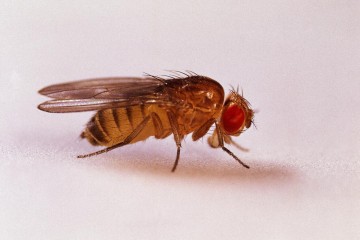PhD Studentship
A Drosophila model of Candida albicans gastrointestinal infection

At a glance
Completed
Award date
September 2012 - September 2016
Grant amount
£120,000
Principal investigator
Professor Petros Ligoxygakis
Institute
University of Oxford
R
- Replacement
Read the abstract
View the grant profile on GtR
